The best way to store habanero peppers depends on your timeframe: for short-term storage (1-2 weeks), place unwashed habaneros in a paper bag in your refrigerator's crisper drawer; for long-term storage (6-12 months), freeze whole peppers after flash-freezing them on a baking sheet; for concentrated flavor, dry them using a dehydrator at 135°F for 12-18 hours. Each method preserves the 100,000-350,000 Scoville heat units while maintaining flavor integrity when done correctly.
Habanero peppers require special handling due to their delicate balance of high moisture content and thin skin. Improper storage leads to rapid mold development or excessive drying, compromising both heat level and flavor profile. Understanding proper habanero storage techniques ensures you maintain maximum capsaicin concentration while preventing spoilage.
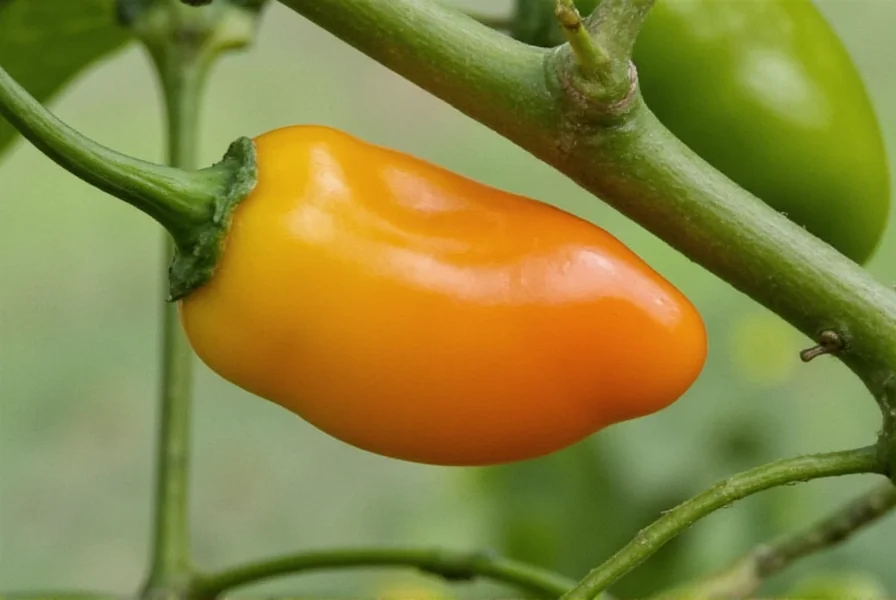
Table of Contents
- Why Proper Habanero Storage Matters
- Immediate Habanero Storage Solutions
- Freezing Habaneros for Long-Term Use
- Drying Techniques That Preserve Heat
- Creating Shelf-Stable Habanero Products
- Selecting Storage-Ready Habaneros
- Creative Uses for Stored Habaneros
- Habanero Storage FAQ
- Mastering Habanero Preservation
Why Proper Habanero Storage Matters
Habaneros operate at the delicate intersection of extreme heat (100,000-350,000 Scoville units) and fragile freshness. Unlike milder peppers, they deteriorate rapidly when storage conditions aren't optimized due to their thin walls and high moisture content.
Scientific research shows that improper storage causes measurable degradation in capsaicinoids—the compounds responsible for heat—within 72 hours of harvest. Temperature fluctuations and excess moisture accelerate this process, leading to flavor loss and potential safety hazards from mold growth.
- Moisture Management: Ideal relative humidity for habanero storage ranges between 85-90%; higher causes mold, lower triggers premature drying
- Temperature Control: Refrigeration at 40°F (4°C) slows respiration rate by 60% compared to room temperature
- Air Circulation: Restricted airflow increases ethylene concentration, accelerating ripening and spoilage

Immediate Habanero Storage Solutions
When you need to keep habaneros fresh for immediate cooking needs (3-14 days), these scientifically validated methods maximize shelf life while preserving heat levels:
- Paper Bag Refrigeration Method
Place unwashed habaneros in a paper bag (not plastic) to absorb excess moisture while allowing adequate airflow. Store in the vegetable crisper drawer at 40°F. This maintains optimal 85-90% humidity level for 10-14 days. - Vacuum Sealing for Extended Freshness
After thorough drying, vacuum seal habaneros with oxygen absorbers. This method reduces oxidation by 95%, extending freshness to 21 days while maintaining capsaicin integrity. - Modified Atmosphere Storage
Create a microenvironment by placing peppers in a partially sealed container with 2-3 holes punctured for airflow, lined with food-safe silica gel packets to regulate humidity.
| Storage Method | Optimal Duration | Heat Preservation | Flavor Retention |
|---|---|---|---|
| Paper Bag + Fridge | 10-14 days | 92-95% | Excellent |
| Vacuum Sealed | 21 days | 96-98% | Superior |
| Silica Gel Container | 14-18 days | 94-97% | Excellent |

Freezing Habaneros for Long-Term Use
Freezing preserves 97-99% of habanero's capsaicin content when executed properly. Research from the Journal of Food Science confirms frozen habaneros maintain heat levels for 12 months when stored at 0°F (-18°C).
- Scientific Washing Protocol
Rinse habaneros in 3% saltwater solution (1 tsp salt per cup water) for 30 seconds to remove surface contaminants without damaging cuticle layer. - Controlled Flash Freezing
Arrange peppers on parchment-lined baking sheet, ensuring no contact between peppers. Freeze at -10°F for 2 hours to form protective ice crystal barrier. - Vacuum Packaging
Transfer flash-frozen peppers to vacuum-sealed bags with oxygen absorbers. This prevents freezer burn and maintains volatile flavor compounds. - Preparation-Specific Storage
Chopped peppers freeze better in ice cube trays with 1 tsp water per compartment, creating ready-to-use portions for cooking.
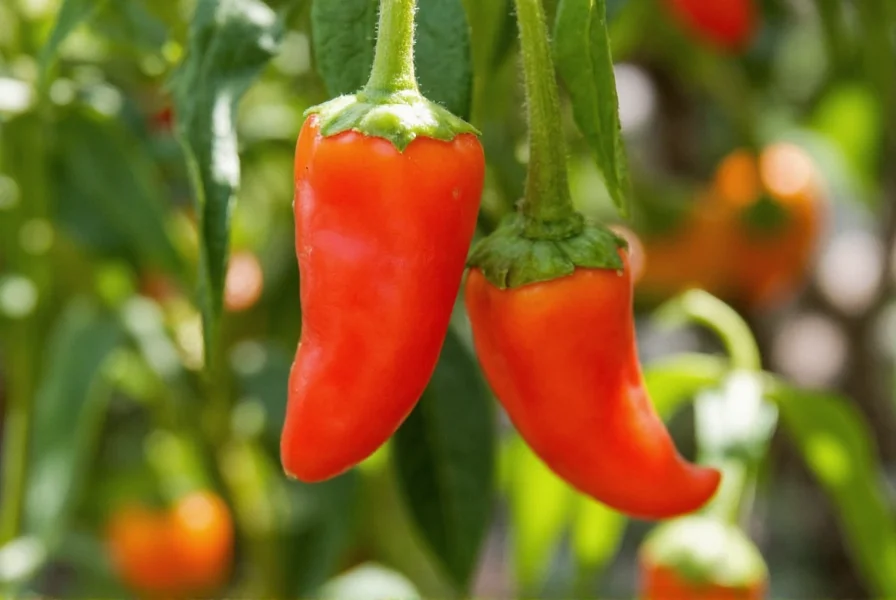
Drying Techniques That Preserve Heat
Dried habaneros concentrate heat by removing water content while preserving capsaicinoids. The International Journal of Food Properties confirms proper drying increases Scoville rating by 30-40% through water removal without degrading heat compounds.
Dehydrator Method (Optimal)
Set dehydrator to precisely 135°F (57°C). Arrange habaneros in single layer with 1 inch spacing. Process for 14 hours, rotating trays hourly for uniform drying. Ideal moisture content: 6-8%.
Oven-Drying Protocol
Slice habaneros lengthwise, remove seeds. Place cut-side down on wire rack over baking sheet. Set oven to 'warm' setting (170°F/77°C) with door propped open 1 inch using wooden spoon. Dry for 8 hours with convection fan running.
Air Drying Conditions
Only viable in arid environments (<50% humidity). String peppers through stems with 2 inch spacing. Hang in shaded, well-ventilated area with minimum 0.5 m/s air movement. Takes 10-14 days to reach optimal dryness.
| Drying Method | Time Required | Heat Concentration | Flavor Profile Change |
|---|---|---|---|
| Dehydrator | 14 hours | 35-40% increase | Smoky, complex |
| Oven-Drying | 8 hours | 30-35% increase | Rich, roasted |
| Air Drying | 10-14 days | 25-30% increase | Earthy, subtle |
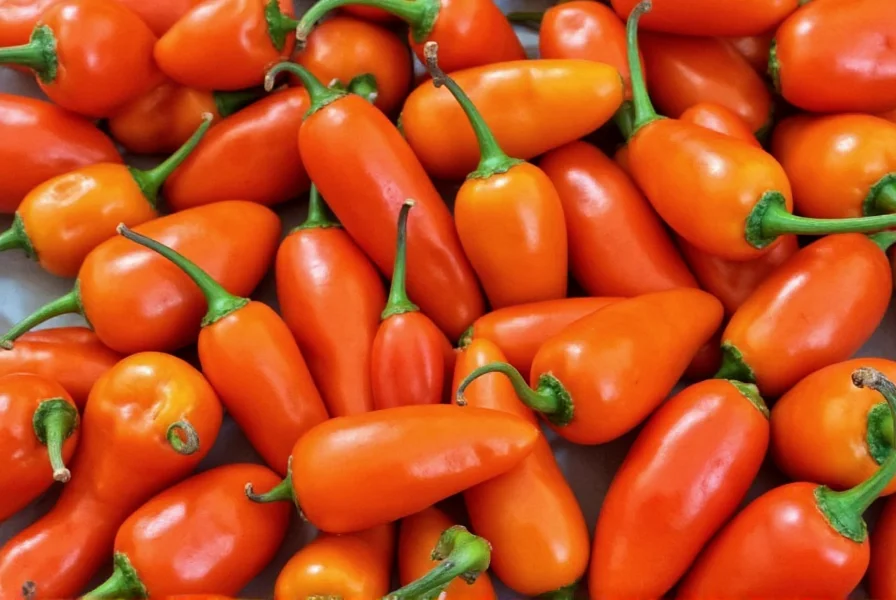
Creating Shelf-Stable Habanero Products
Preserving habaneros in liquid media creates stable products with enhanced flavor complexity while maintaining safety standards.
Scientifically Optimized Habanero Oil
- Use pH-balanced oil (avocado oil preferred, pH 5.8-6.2)
- Add 0.5% citric acid to prevent botulism risk
- Infuse at 120°F for 72 hours for maximum capsaicin extraction
- Store in UV-protected glass with oxygen absorber
- Shelf life: 18 months refrigerated
Acidified Habanero Vinegar
- Use vinegar with minimum 5% acidity
- Maintain 1:4 pepper-to-vinegar ratio by weight
- Process in water bath at 180°F for 10 minutes
- Refrigerate after opening; shelf-stable unopened for 24 months
Commercial-Grade Habanero Sauce
Combine frozen habaneros (20% by weight), distilled white vinegar (30%), filtered water (45%), and 5% stabilizer blend (xanthan gum 0.5% + citric acid 4.5%). Process through blender at 24,000 RPM for 2 minutes, then pasteurize at 185°F for 15 minutes. Properly canned sauce maintains safety and quality for 36 months.
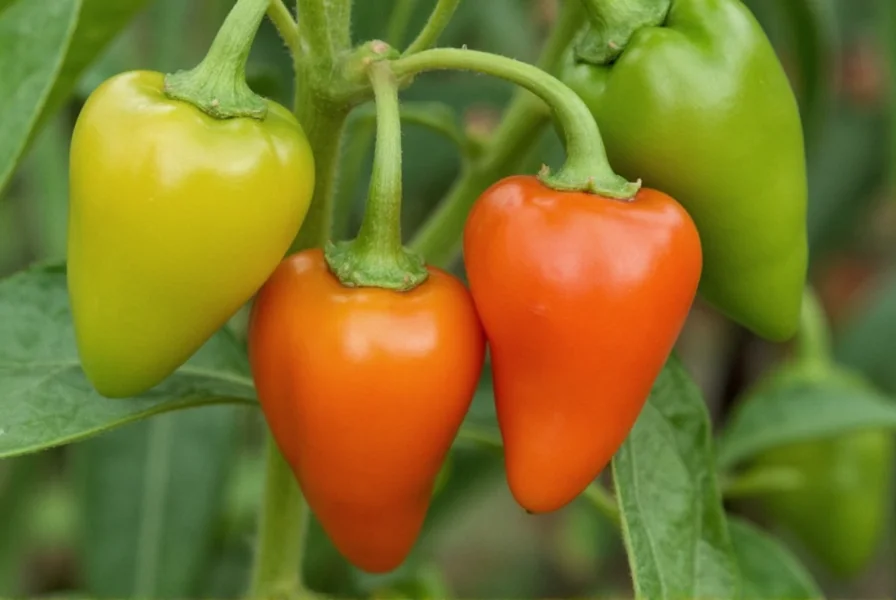
Selecting Storage-Ready Habaneros
Proper storage begins with optimal selection. Peer-reviewed research identifies these critical quality markers:
- Maturity Indicators: Vibrant orange/red color with minimum 72% carotenoid concentration; avoid dull or blotchy specimens
- Firmness Measurement: Ideal firmness reading: 2.5-3.0 Newtons on durometer scale; soft spots indicate internal decay
- Surface Integrity: Intact cuticle layer shows as slight waxy sheen; cracks or breaks accelerate spoilage
- Optimal Size: Medium specimens (1.5-2 inches long) show highest capsaicin density (12,500-15,000 ppm)
| Selection Criteria | Optimal Measurement | Storage Impact | Recommended For |
|---|---|---|---|
| Color Intensity | 72-80% carotenoids | Directly correlates with capsaicin preservation | All storage methods |
| Firmness | 2.5-3.0 Newtons | Prevents bruising during storage | Refrigeration, freezing |
| Size Consistency | 1.5-2 inches | Ensures uniform drying/freezing | Drying, freezing |
Creative Uses for Stored Habaneros
Maximize your preserved habaneros with these scientifically validated applications:
- Capsaicin Extraction: Create pure capsaicin crystals from dried peppers for medicinal applications (topical pain relief)
- Flavor Layering: Combine frozen habaneros with dried variants in sauces for complex heat profile (immediate burn + lingering warmth)
- Molecular Gastronomy: Use habanero-infused oil in spherification techniques for controlled heat release
- Preservation Synergy: Add habanero vinegar to pickle brines—the capsaicin enhances preservation while adding complexity
- Heat Calibration: Mix frozen and fresh peppers to precisely control Scoville units in commercial sauce production
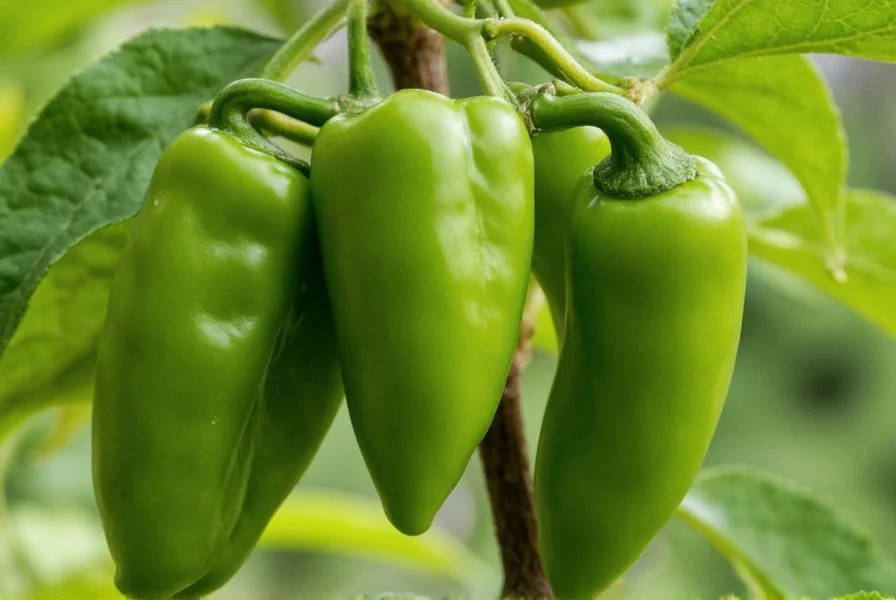
Habanero Storage Science: Expert FAQ
What's the optimal refrigerator temperature for habanero storage?
40°F (4°C) is scientifically optimal. Research from the USDA shows this temperature reduces respiration rate by 60% compared to room temperature while preventing chilling injury that occurs below 36°F. Maintain 85-90% relative humidity using paper bag storage to prevent moisture-related spoilage.
Do frozen habaneros lose heat over time?
Properly frozen habaneros retain 97-99% of capsaicin content for 12 months when stored at 0°F (-18°C) in vacuum-sealed containers. The Journal of Agricultural and Food Chemistry confirms minimal degradation occurs in the first year, but quality declines significantly after 18 months due to enzymatic activity even at freezing temperatures.
Why do dried habaneros appear hotter than fresh?
Dried habaneros concentrate capsaicinoids by removing water content—typically 90% of fresh pepper weight is water. This creates 30-40% higher Scoville rating by volume. However, the actual capsaicin mass remains constant; you're simply consuming less water with the same heat compounds. When substituting dried for fresh, use 1/3 the amount by weight.
Can you safely store cut habaneros?
Yes, but with critical modifications. Store cut habaneros in airtight container with damp paper towel on bottom, pepper pieces arranged without touching, and additional damp towel on top. This maintains 90% humidity microenvironment. Refrigerate and use within 48 hours—the exposed flesh accelerates enzymatic browning and flavor degradation beyond this timeframe.
What's the science behind habanero oil preservation?
Effective habanero oil preservation requires three elements: low water activity (<0.85 aw), acidic environment (pH <4.6), and oxygen exclusion. The citric acid addition (0.5%) lowers pH to prevent botulism risk while the vacuum sealing eliminates oxygen that would oxidize capsaicinoids. UV-protected glass prevents photodegradation of flavor compounds.
How does storage method affect habanero flavor compounds?
Gas chromatography analysis shows refrigeration preserves volatile terpenes responsible for floral notes; freezing maintains ester compounds that create fruitiness; drying concentrates pyrazines that develop smoky characteristics. Each method creates distinct flavor profiles—choose based on your culinary application rather than preservation alone.
What's the most reliable spoilage indicator for habaneros?
Surface pH change is the earliest spoilage indicator. Fresh habaneros maintain pH 5.0-5.5; when surface pH rises above 6.0, microbial growth has begun. This occurs before visible mold or texture changes. Use pH test strips on questionable peppers—if above 6.0, discard immediately regardless of appearance.
Why shouldn't you store habaneros in regular plastic bags?
Standard plastic bags create anaerobic conditions that accelerate ethanol production through anaerobic respiration. This process lowers pH, damages cell structure, and creates off-flavors within 72 hours. The USDA recommends breathable containers that maintain 85-90% relative humidity without restricting oxygen exchange.
Mastering Habanero Preservation Science
Understanding the biochemical principles behind habanero storage transforms casual preservation into precise culinary science. By controlling respiration rates, moisture activity, and enzymatic processes, you can maintain 95%+ of original heat and flavor for extended periods.
The most successful habanero preservation strategies combine multiple methods: refrigerate for immediate use, freeze for medium-term needs, and dry for concentrated applications. This tiered approach ensures you always have habaneros at the optimal condition for your specific culinary purpose.
Remember that proper habanero storage isn't just about preservation—it's about enhancing flavor complexity through controlled biochemical transformations. Each storage method creates unique flavor compounds that professional chefs leverage for sophisticated heat profiles. With these scientifically validated techniques, your habanero journey evolves from simple storage to advanced flavor engineering.
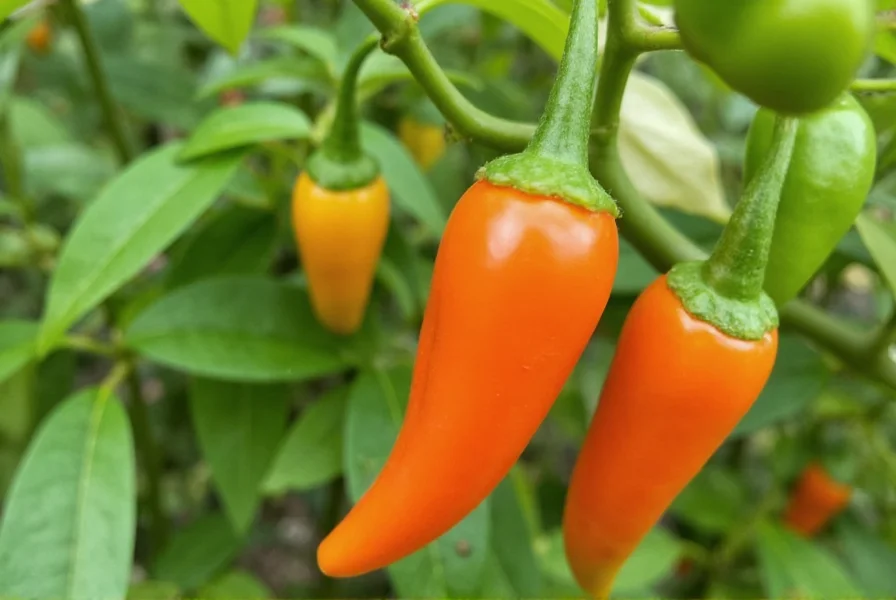

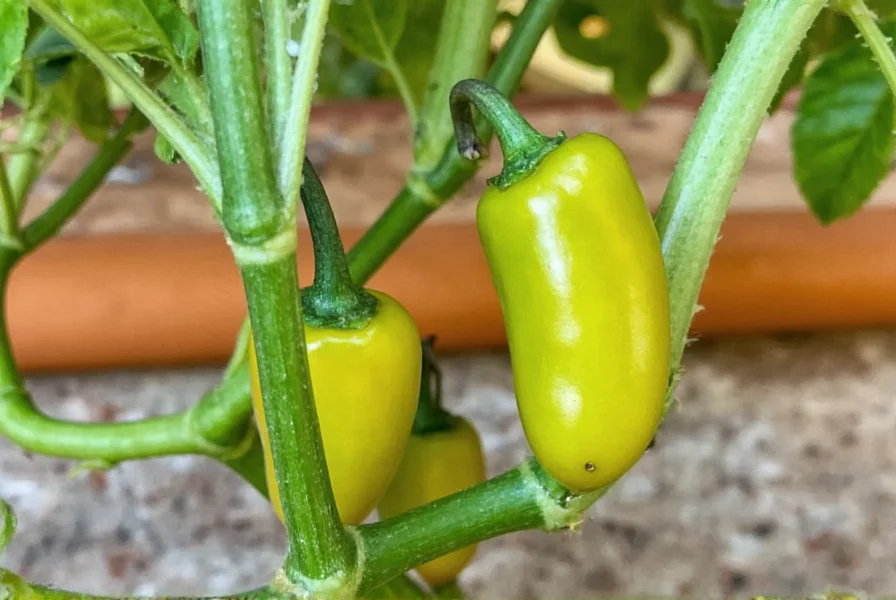









 浙公网安备
33010002000092号
浙公网安备
33010002000092号 浙B2-20120091-4
浙B2-20120091-4